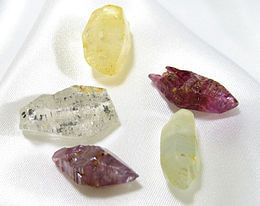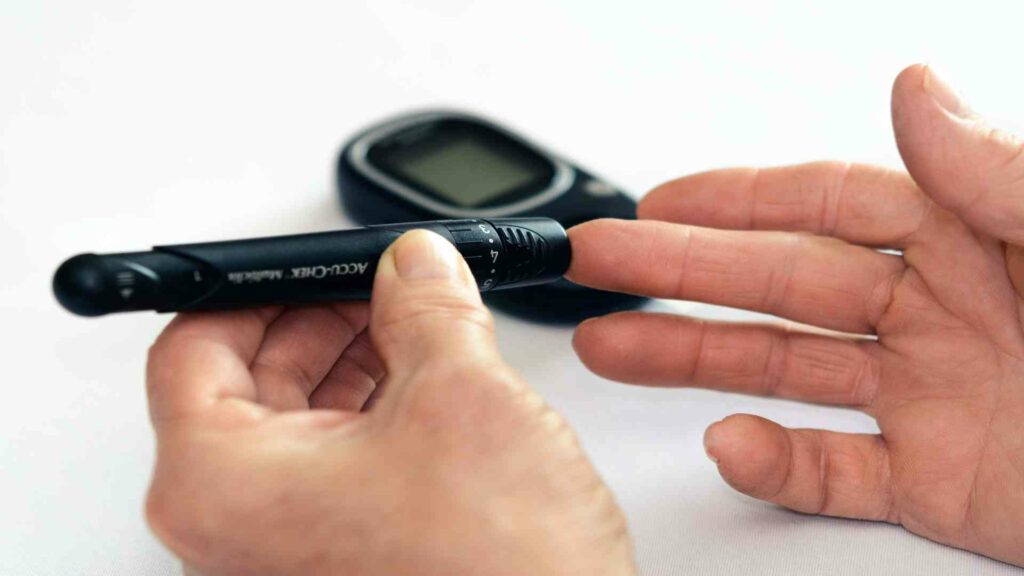
Is Boron the next big energy carrier in the world of science?
Scientists are finding new ways to convert Boron into an energy carrier. Boron is one of the more abundant materials on earth and can be found in soil, wood products, sea salt or even urine. This element has a low toxicity level, so it’s safe for humans to touch.
The conversion process includes two steps: first heating up water with calcium oxide until it evaporates completely; then, after boiling off all the liquid, you get white crystalline material that still hasn’t lost any weight from what was gained during evaporation–indicating that this will make great fuel if we keep processing it as such, but now they’re going back through some different chemical reactions using carbon dioxide which produces less toxic byproducts than those produced when just burning.
The boron atom is a very small and lightweight molecule that could be the future of energy production. The discovery that certain particles are lighter than others has been known for some time now, but it may not have been such an important find had this particular one never come to light: Boron.
Despite its atomic weight being only five amu less than hydrogen – meaning in theory, you would need more protons per atom to balance out any negative charge or ionic effect – they’re also one of two elements with zero nuclear spin! What does all this mean?
Can Boron replace Hydrogen?
The great abundance of water is sometimes called an advantage for hydrogen power. But there are other very abundant, strongly bonded oxides as well and let us pick one with a deoxidizer that yields safer fuel. Corundum and quartz work just fine, maybe periclase too, since the oxidizers in these minerals are aluminium, silicon or magnesium, respectively, which do not have to be kept out of contact with air when burning; they burn very intensely, regenerating their original mineral form into smaller particles before dumping them.
One of the reasons Boria is so desirable for use stems from its unique property. Boria does not emerge as a solid particle, like other oxides such as beryllia, magnesia, alumina and silica when heated by fire.
Instead, it appears more akin to liquid mist emerging from the flame, which can be gathered easily with some bags or containers without resorting to hot pressing methods requiring vast amounts of pressure that heat up quickly due to friction between materials being pressed together.
Boron power systems have a taller first step, but they provide emission-free energy from smaller reservoirs than hydrogen can. Boria’s high specific binding energy and the undemanding nature of both it and elemental Boron make them light and compact as cargoes so that vehicles powered by this substance would be able to run on public roads without depending on unique fuelling stations since their ash could be sent away while also bringing back more borium for use to continue running.
It is theoretically possible for a demonstration fleet of vehicles to use fuel/ash reservoirs double the size that would be safe on a hydrocarbon-burning vehicle. Moreover, since equal energy will require not more than 1.7 times the size, higher speed and range should be feasible.
Despite the initially expensive cost of fuel boron, there seems to be no reason why a small group wouldn’t form quickly growing volunteer early adopters that could push plans for cheaper production into development quicker to make this technology available at an affordable price before it’s too late according to experts who predict global climate change will worsen as ocean levels rise with melting ice caps.
Boron as the new way to store solar energy
The use of Boron as an energy storage medium in the framework of solar power systems development is suggested, highlighting its potential advantages. The issue that is considered here is reducing the waste connected with transferring energy from areas where there are high levels to highly industrialized regions such as Europe, where it’s needed most.
Producing and transporting hydrogen or building up power lines can result in a loss that could be 50% higher than what was created initially by converting sunlight into electricity- through photovoltaic cells, for example – meaning wasted resources will needlessly continue being lost unless this problem persists unresolved over time.
The production and utilization of energy is a complex process that has seen increased attention in recent years. A large-scale solar plant must be built to provide the needed power for an area’s needs; however, few fully satisfactory solutions are currently available.
Concerning electric sources such as wind or solar, these methods can’t transport electricity from point to point over long distances without significant issues like high cost or potential losses due to transmission line resistance.
Boron could be the answer to our energy problems. This light element can be seen as a promising alternative power source, which is why it’s been studied by many scientists in recent years.
For example, Boron has been proposed as an alternative fuel for cars before fossil fuels run out, and this idea comes from first considering that concentrated solar radiation might extract metals such as iron or borax from their oxides-and on top of being another possible solution against climate change we know how these precious resources are quickly running low.
While we require a novel power transmission system for Boron, the efforts could significantly pay off in the long run; it is essential to note that the entire distribution process will still have its losses.
But, these energy losses from the high voltage grid through step-down transformers are lower than those due to a thousand-kilometer long power line from a solar plant. It makes Boron a competent alternative for efficient electricity production compared to solar energy that incurs heavy losses during transmission.






